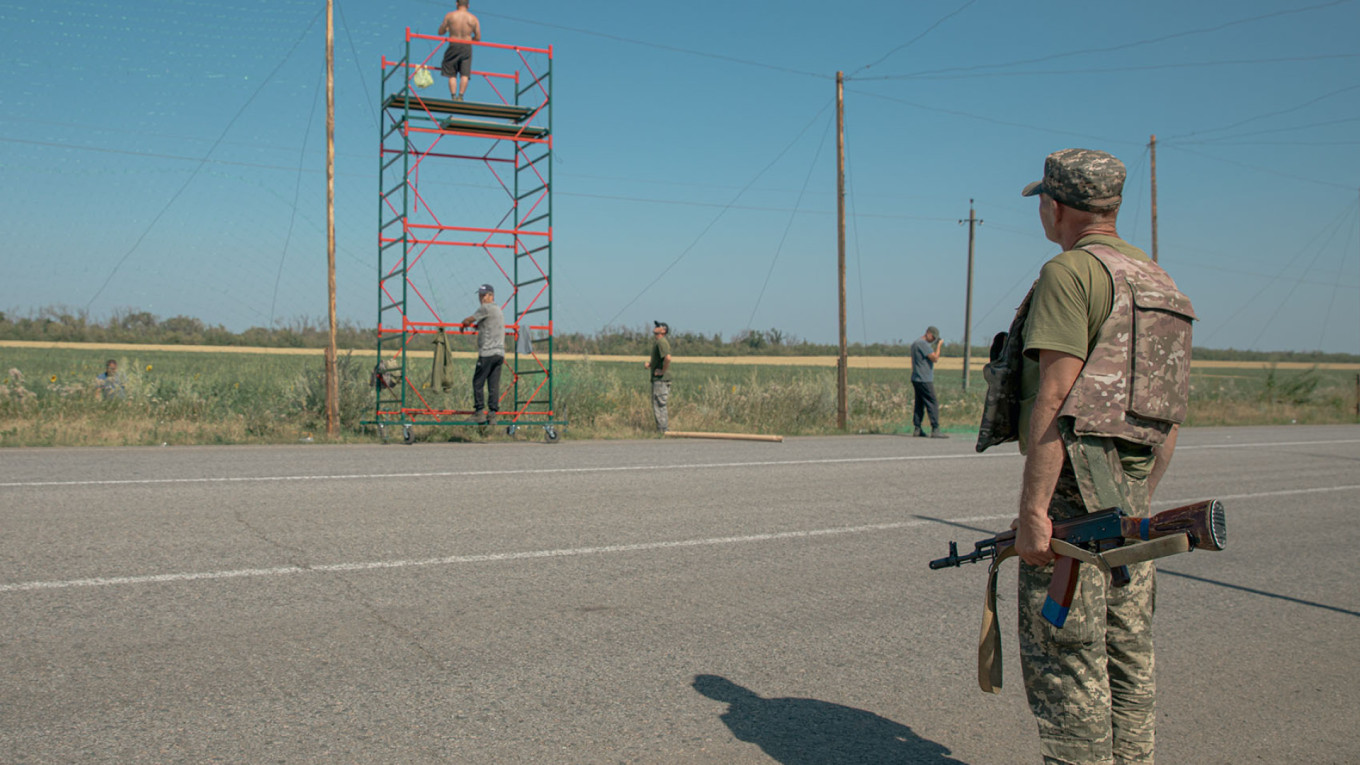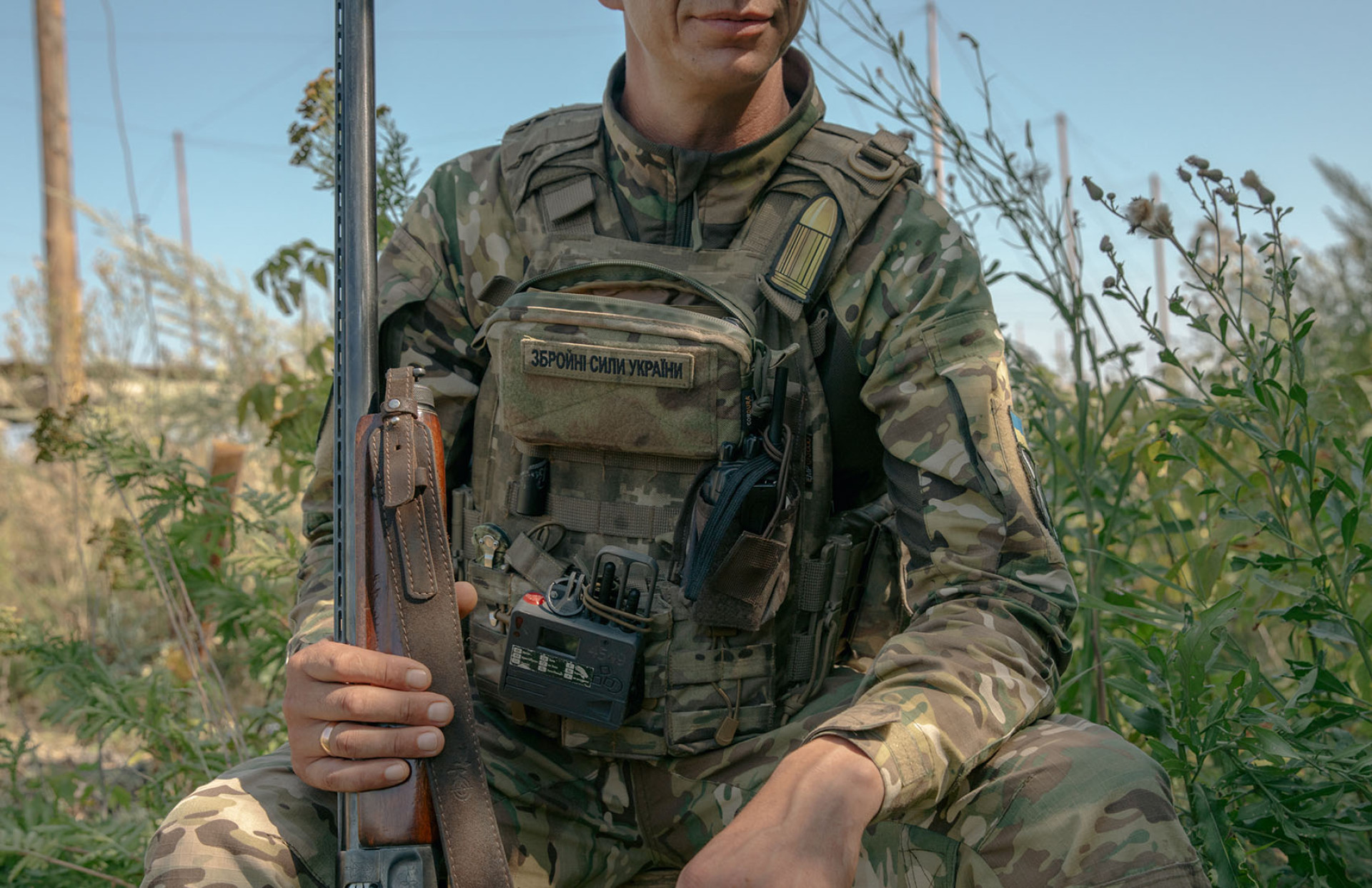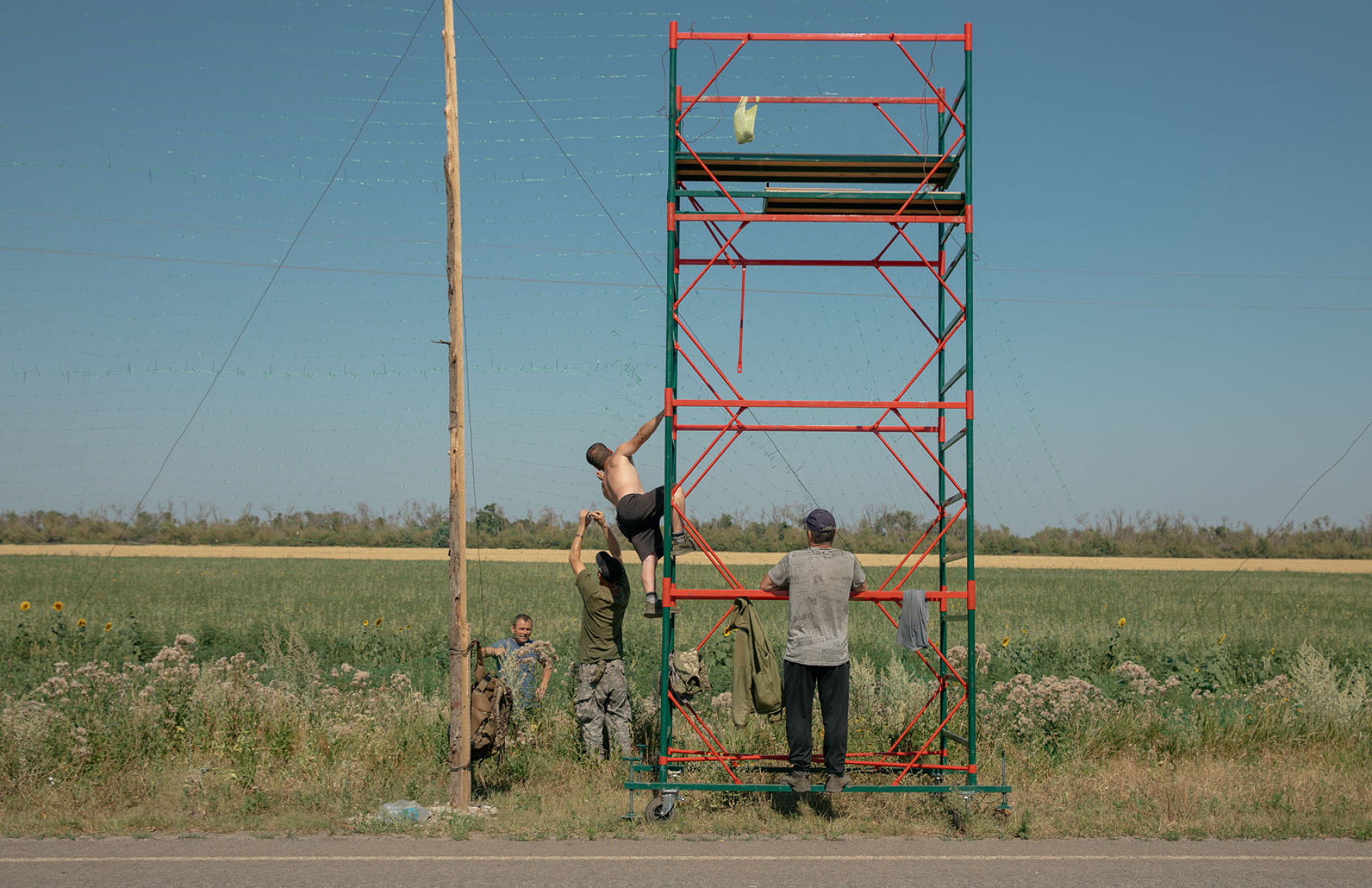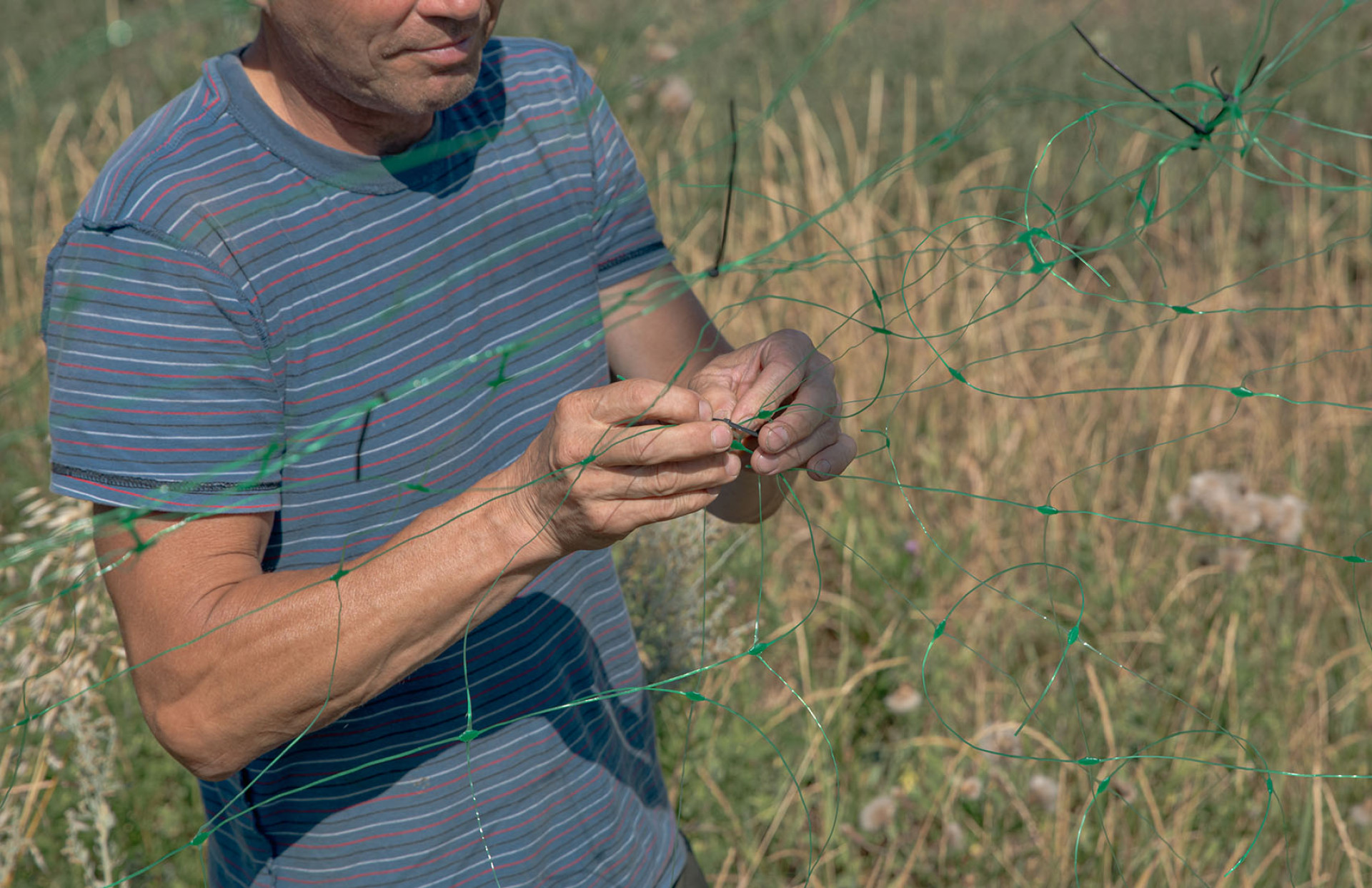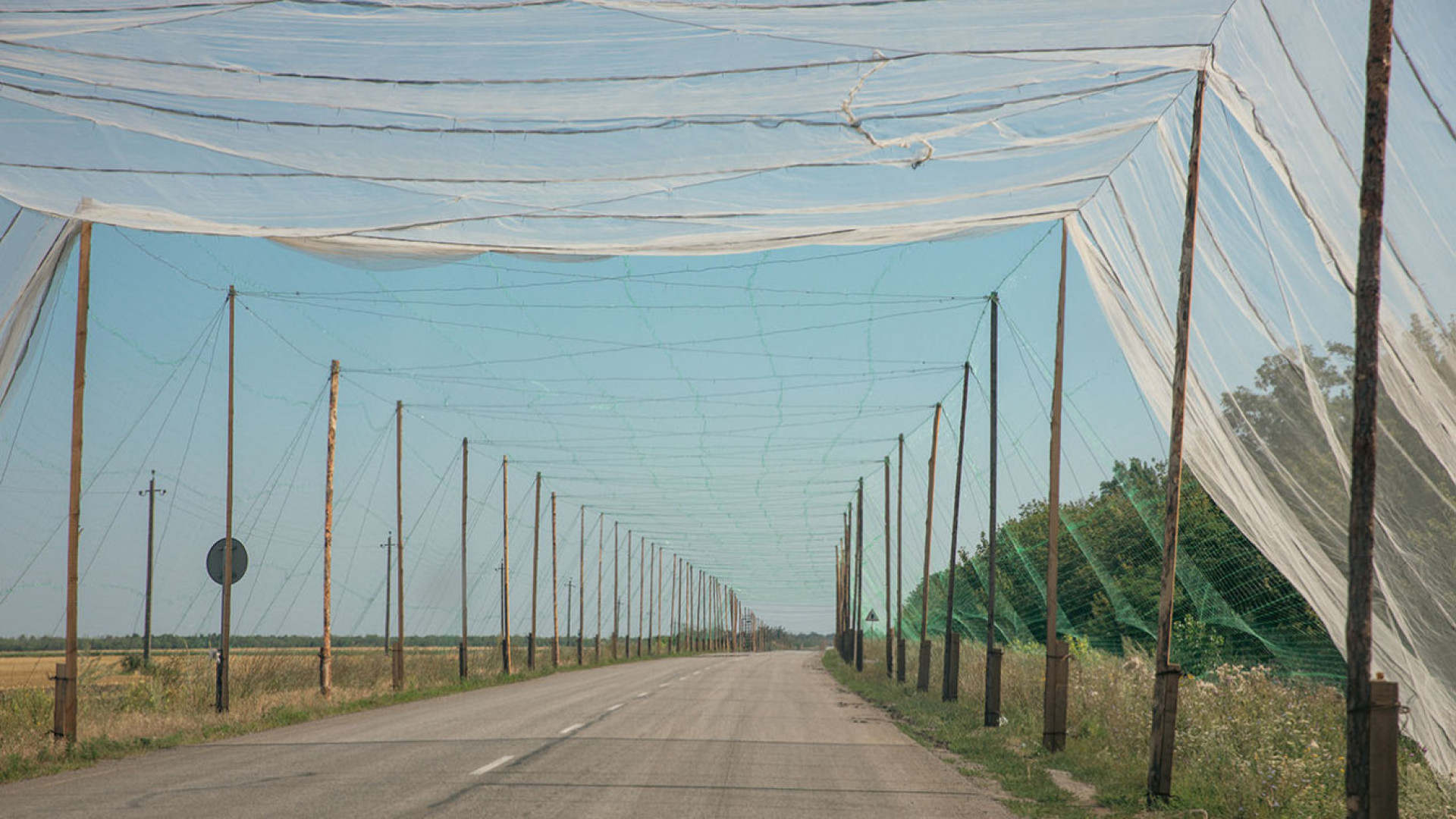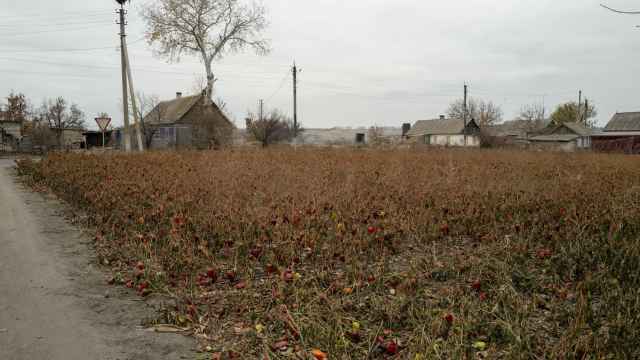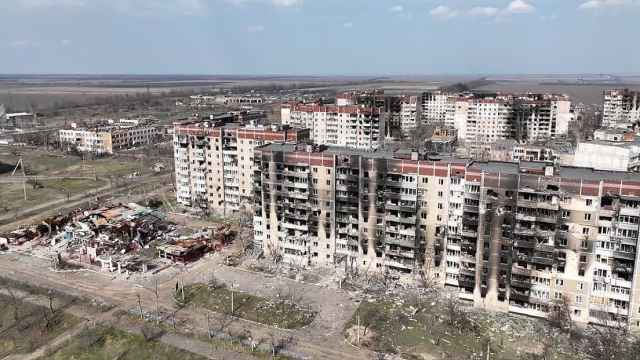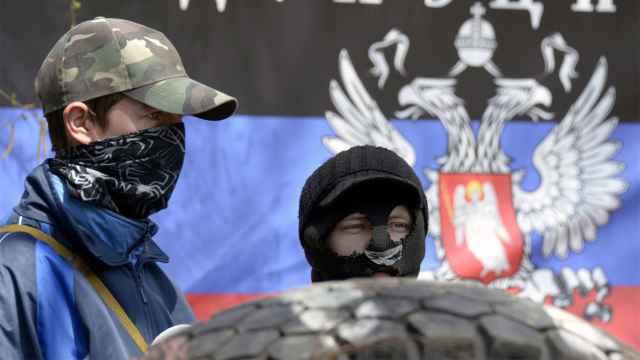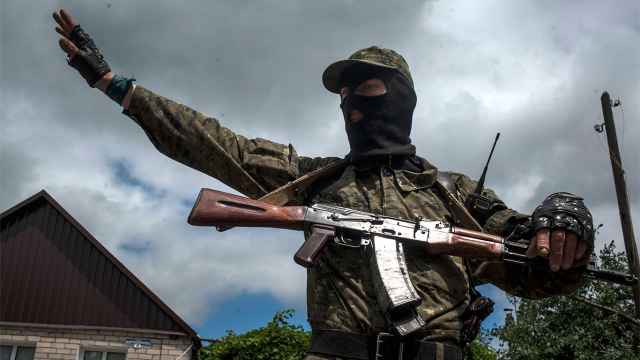DONETSK REGION, Ukraine — The road is silent, almost frozen in place. Only a few military pickups, bristling with anti-drone antennas or shielded by welded metal cages, race across it at full speed. Leaning against the roadside, 39-year-old Vitalii scans the sky, a hunting rifle cradled in his hands. A drone detector sways gently around his neck.
The rifle is an heirloom, a Soviet-made MC 21-12 from the 1960s, passed down from his father.
“It is with this weapon that my father taught me to hunt when I was very young,” he recalls. “In the forests around my home region near Lutske, I hunted wild boar, hare and partridge.”
He smiles faintly before adding, “Today, I still hunt, but not the same prey.”
Vitalii’s mission is to protect a crew tasked with stretching anti-drone nets along the T05 highway, a vital lifeline for Ukrainian logistics in the Donbas that is now under threat from a sudden new Russian offensive.
For the past three months, this strategic artery has been regularly targeted by Russian drones. To counter the threat, as on other roads in the region, both armies have begun deploying wide nets over the pavement.
“It’s like a spider’s web,” explains Andriy, 52, one of the workers. “When a drone hits, it explodes. Caught in the net, it cannot strike its target and therefore cannot detonate properly. And even if it does explode, its warhead, about 200 grams, is too far away to damage a truck or a car.”
In the distance, plumes of black and white smoke rise over the fields. The Russian army is pressing its summer offensive in the Donetsk region, and the pressure is tightening around Kostiantynivka and the defensive stronghold of Pokrovsk. Underequipped and overstretched, Ukrainian forces are holding their ground but slowly giving way.
The latest Russian advances come as U.S. President Donald Trump prepares to meet Russian counterpart Vladimir Putin in Alaska, with the U.S. leader seeking to broker an end Moscow's nearly three-and-a-half year invasion.
According to The Wall Street Journal, Russia is reportedly making a Ukrainian withdrawal from the Donetsk region — nearly 75% of which is occupied by Moscow — and from the last Ukrainian-held villages in the Luhansk region a precondition for any ceasefire.
Trump has suggested that territorial swaps could be part of the deal, but did not specify which regions would be involved.
Ukrainian President Volodymyr Zelensky, excluded from the meeting, has ruled out territorial concessions and warned that withdrawing from the Donbas would open the way for a renewed Russian offensive.
Vitalii, for his part, remains unmoved by high-level diplomacy. His sole focus is on finishing the job of installing these anti-drone nets, whether there is a ceasefire or not.
“The Russians will never stop the war,” he says. “But a ceasefire would at least give us a chance to rest and strengthen our fortifications.”
Russia advances
On a red-and-green scaffold, the workers, some in military fatigues and others shirtless, sweat heavily as they work under the hazy sun. The heavy detonations of Ukrainian artillery pounding Russian positions echo in the distance. While working, everyone keeps one eye on the task and the other scanning for drones.
Vitalii smiles. His drone detector has proven less reliable than he had hoped.
“We can hear them coming, don’t worry,” he says, trying to reassure the others. But for him, the main challenge is not even the drones. It is the slow pace of the worksite.
“We lack manpower and resources everywhere, but especially for a task like this. Everyone fit to fight is on the front line,” he explains. “Here, most of my men are veterans who are too old or injured to keep fighting. Their physical condition slows the work.”
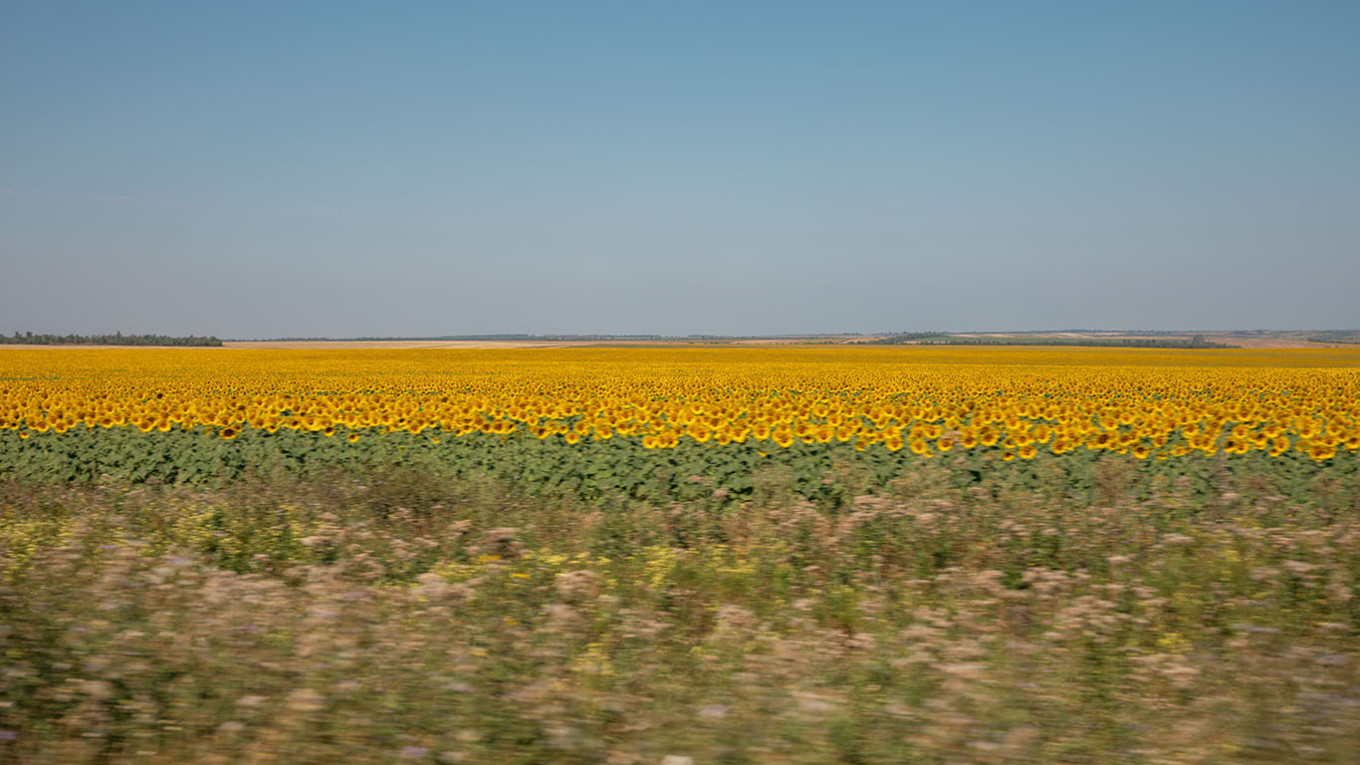
Andriy, now in his 50s, was mobilized in the Lutsk region in western Ukraine nearly two years ago. His face is darkened from long hours in the sun. Without taking his eyes off his work, he threads knots into the central mesh of the net as he speaks.
“I served first in the infantry,” he says. “But after months of sleeping outdoors in poor conditions, my immune system started to fail and I developed pneumonia. That’s when I was reassigned to this job with the nets.”
It is a similar story for his comrade Ihor, also from Lutske. Vague about the reasons for his reassignment, he simply says his body could no longer keep up. His former commander allowed him to take on other duties within the army.
Yet the area remains one of the most dangerous. Out in the open, the team can at any moment come under a swarm of drones, with the forest as their only cover. For Andriy, in some ways, this job can be as dangerous as working on the zero line.
“We are exposed to drones,” Vitalii continues. “On average, around 50 kamikaze drones strike the road every day. Yesterday, for example, we were targeted five times. Each time, we have to take cover in the forest and wait. I am responsible for shooting them down. Once the way is clear, we get back to work, but every interruption delays the project. That is why progress is far too slow.”
An experiment in adaptation
The small team of about half a dozen men continues working along the T05. Vitalii keeps his eyes on the sky.
Artem*, one of the team leaders who asked to remain anonymous, explains that these nets are above all an adaptation to the changing nature of the war and are still at an experimental stage.
“In the past, it was an artillery war and we adapted. Today, it is a drone war, so we are trying to adapt to that as well,” he says.
These nets, he adds, were originally used to harvest cucumbers and onions in the region. Now, they are being used to protect the road.
Without hesitation, he says this war is far worse than the artillery phase.
“There is no place where you are safe. Death can come from anywhere,” he says. “Evacuating a wounded soldier has become extremely complicated, and as you can see on the road, our progress is very slow.”
Artem admits bluntly that they still have 40 kilometers of netting to install. Meanwhile, the Russians continue to gain ground.
A few days after our report, the open-source monitoring group Deep State announced that Russian forces had broken through the main defensive line and had begun an attempt to encircle Dobropillia. The group also reported that Russian sabotage units had been spotted on the T05 at the exit of the city.
In response to what some see as a breach in the defensive system, the Ukrainian army reportedly sent a large number of reinforcements over the course of more than 24 hours in an effort to plug the gap.
According to the Ukrainian military’s Strategic Communications Department, Russian forces are using infiltration tactics, sending small groups of soldiers beyond the first defensive line, often at the cost of heavy losses.
Stratcom says that this approach, used near Dobropillia, has not achieved a breakthrough.
In one case, a small Russian unit bypassed Ukrainian positions and tried to hide behind the lines. Russia had already attempted a similar maneuver near Pokrovsk the previous week, without success, according to the statement.
Contacted after our departure, Vitalii said the team had been ordered to abandon the road and fall back to Kharkiv.
“We are leaving the road,” he says. “It has become too dangerous. We are pulling back.”
*Name has been changed to protect the source's anonymity.
A Message from The Moscow Times:
Dear readers,
We are facing unprecedented challenges. Russia's Prosecutor General's Office has designated The Moscow Times as an "undesirable" organization, criminalizing our work and putting our staff at risk of prosecution. This follows our earlier unjust labeling as a "foreign agent."
These actions are direct attempts to silence independent journalism in Russia. The authorities claim our work "discredits the decisions of the Russian leadership." We see things differently: we strive to provide accurate, unbiased reporting on Russia.
We, the journalists of The Moscow Times, refuse to be silenced. But to continue our work, we need your help.
Your support, no matter how small, makes a world of difference. If you can, please support us monthly starting from just $2. It's quick to set up, and every contribution makes a significant impact.
By supporting The Moscow Times, you're defending open, independent journalism in the face of repression. Thank you for standing with us.
Remind me later.



